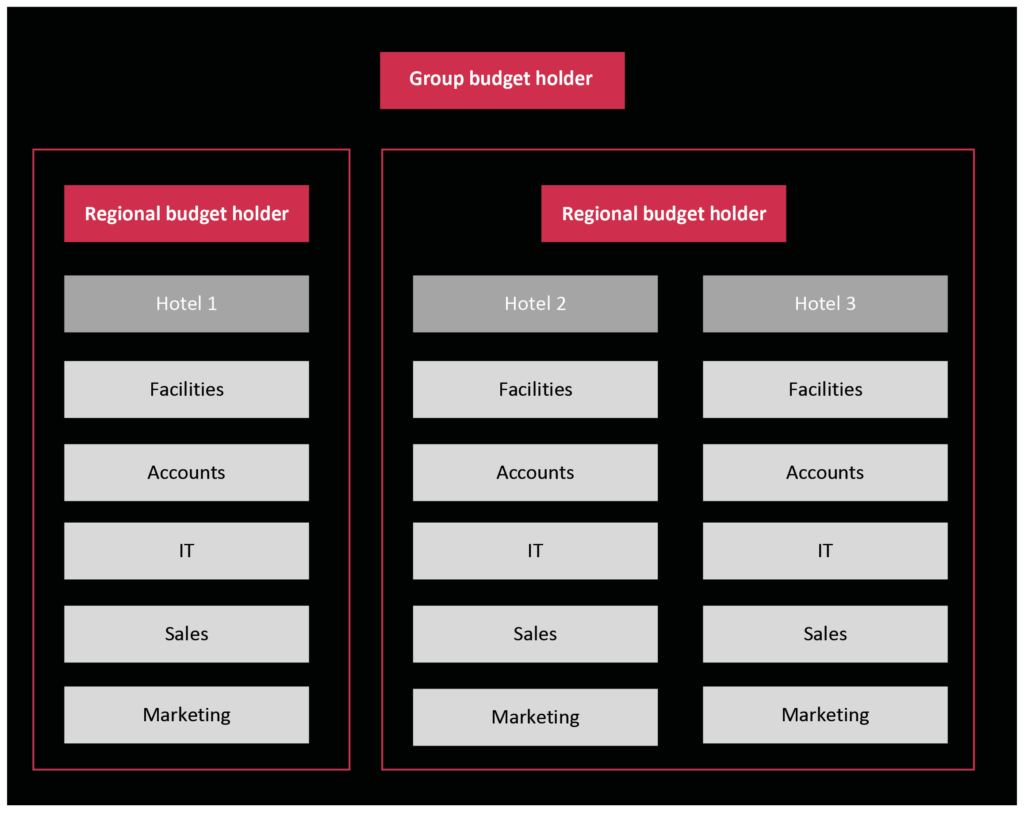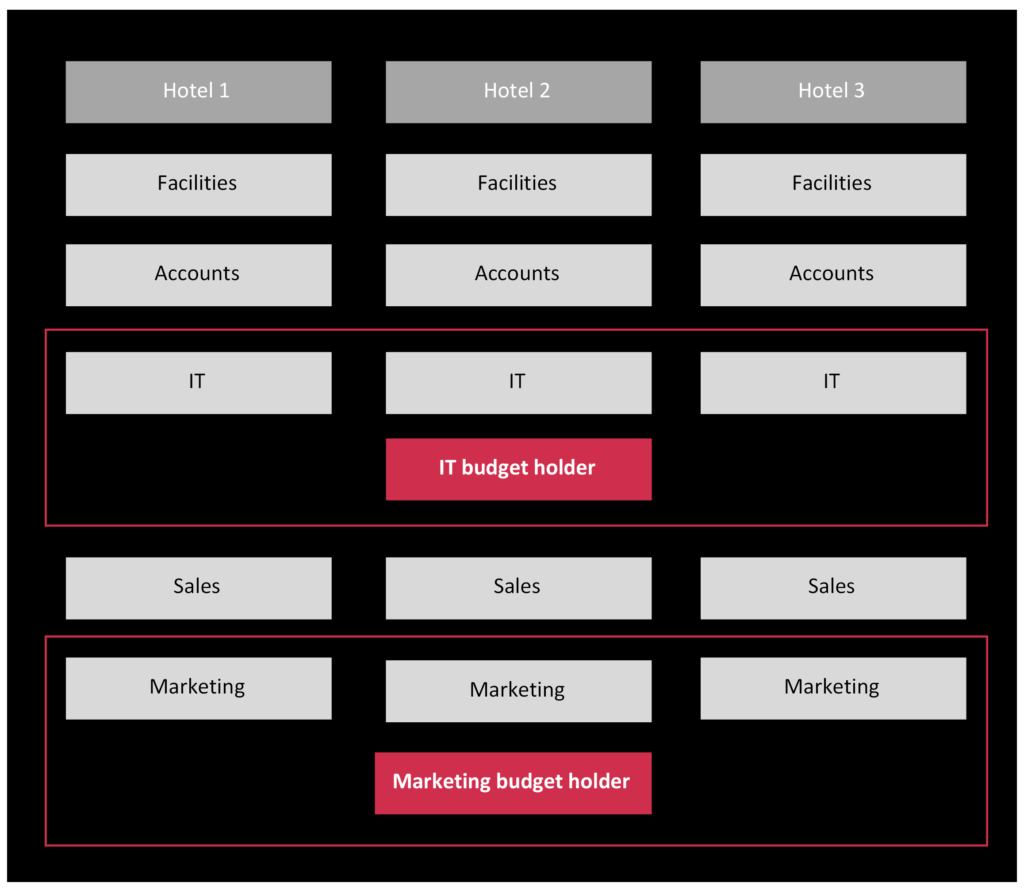The tools and approaches that harness telecoms spend
Gaining control and insight of telecommunications spending is a common challenge for many businesses.
You may have hundreds of employees, at different levels of seniority, working in various locations, potentially extending to overseas operations. You may also be using more than one mobile network. Such variables can be tricky enough, but when you’re charged with monitoring and managing those costs, making sense of all the data and finding what you need, it can be difficult to know where to begin.
Structured costs
In the hospitality and leisure sector, for example, there’s the obvious potential for hotels to be situated across different regions and countries. The management of telecommunications costs could be required all the way from group level down to individual locations. So, how do you go about the task, and how can you break down spending and find meaningful information?
The key is the ability to dissect and analyse costs in line with your company structure. Team managers or ‘unit heads’ will be intimately familiar with their organisational structure, and so carrying that through to how you view your telecoms costs on a screen (by business unit, team, location, etc.) instantly puts you in a familiar position. It sounds an obvious answer, but finding a telecoms cost or usage management solution that delivers this is rare. In many cases you can expect some kind of cost centre based grouping for users, so you can place employee phones into ‘pools’ for common groups like IT or Sales, and you’ll probably be able to specify the names of those groups, but that’s often where it ends. The problem is that this model doesn’t scale very well to larger organisations or companies with varying ‘group entities’ – this is particularly pertinent for parent organisations who centrally manage and report on budgets for their child companies.
We have experienced a clear requirement for this with our hospitality customers. Large hotel groups often treat their hotels as individual businesses, where there will be a budget holder for each hotel, regional budget holders who oversee a number of hotels and then some form of financial custodian requiring a bird’s eye view of everything – and there are just three examples. These structures require two technical and operational requirements of their telecoms portals:
- The ability to create the additional ‘layers’ to represent that higher group level, going from the traditional ‘Company – Department’ hierarchy to one of ‘Group Entity – Companies – Departments within each company.
- A hierarchy of access to ensure that budget holders can only see the departments or companies within their remit, covered in further detail below.
Who can view?
Being able to sort data easily is useful enough, but it’s also important to address the needs of the person viewing the information. Again, using a hotel chain as an example, it simply might not be appropriate for an employee at a hotel to be able to view costs throughout the entire group, whilst for an area manager, a regional view on telecommunications spend may be key.

A tiered access hierarchy, with the added flexibility that you get to decide who has access to what is a critical component in empowering users with the knowledge needed to make relevant business decisions easily and quickly. It means the portal as a whole brings key features together – costs structured in the most relevant way, and viewable to only the most relevant people.

The benefits are significant. In particular, cost and spend reporting becomes simpler and quicker, and less resource is needed to do it. There’s complete visibility of telecommunications usage and charges, with thorough analysis, it just happens to be brought to you in a much easier and appropriate way – ensuring the solution can adapt to the needs and evolving structure of your business, quickly.
If you are looking for a telecommunications partner that empowers you with the visibility of your telecommunications spend (and in line with business requirements), or to find out more about the Adam Phones Portal, call us on 0800 123000.


